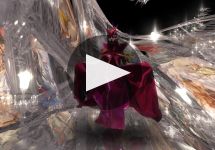Dom Perignon Limited Edition Metamorphosis in Gift Box 2004
- Decanter
-
Wine &
Spirits -
Wine
Spectator -
Robert
Parker
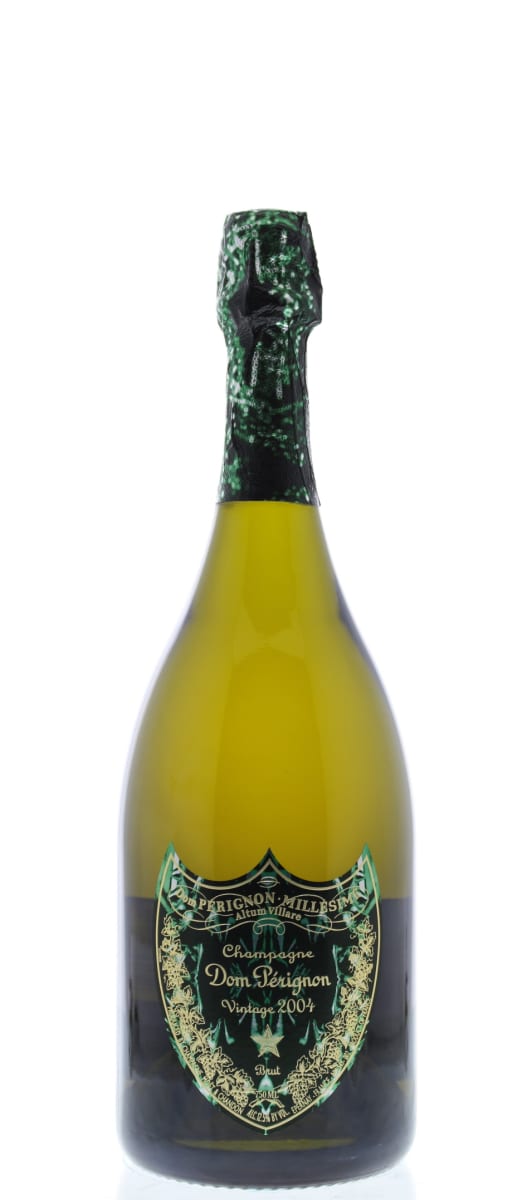



Product Details
Your Rating
Somm Note
Winemaker Notes
On the nose, aromas of almond and powdered cocoa develop gradually into white fruit with hints of dried flowers. Classic toasted notes give a rounded finish and denote a fully realized maturity. On the palate, the wine instantly traces an astoundingly fine line between density and weightlessness. Its precision is extreme, tactile, dark and chiselled. The full taste lingers with the utmost elegance on a sappy, spicy note.
Professional Ratings
-
Decanter
Yet another masterpiece created by Richard Geoffroy. Unmistakable Dom Perignon style with unparalleled silkiness throughout the palate. The mousse is worthy of its own chapter and the elegance is striking. Nice minerality and floral notes with citrus overtones. Slightly short now, but time will fill in the small gaps in the beginning of life. This time it tasted intensely toasty and fairly close to the 1983 when I tasted the vintage for the first time at the same age as the 2004 is now.
-
Wine & Spirits
With all the lush plenitude of the 2004 vintage, this wine's explosive flavors give it a bold, broad, layered impression on the palate. But the tight structure and edgy tension of the acidity reins it in, capturing the wine's aromatic power and extending it into graceful length. This is a precise and sophisticated Champagne suited to the cellar.
-
Wine Spectator
A graceful Champagne, with minerally drive. Firm acidity and a rich vein of smoky mineral meshes with the plush texture, offering finely woven flavors of mirabelle jam, toasted brioche, crunchy pear, honey and smoked almond. Delivers a long, mouthwatering finish. Drink now through 2029.
-
Robert Parker's Wine Advocate
Lily-of-the-valley perfume and scents of lightly toasted brioche and almond rise from the glass of Moet’s 2004 Brut Dom Perignon, along with hints of the apricot, pear and grapefruit that then inform a luscious and creamy yet strikingly delicate as well as consummately refreshing palate. Sweet-saline savor of scallop – also already intimated in the nose – lends compulsive saliva-inducement to a ravishingly rarified and persistent finish, joined by alkaline, nutty, liquid-floral, and nori seaweed notes for a performance of head-scratching subtlety and intrigue. (In case my description hasn’t already made clear, we have here inter alia a fantastic sushi wine.) This will be worth following for at least the next 6-8 years, in the course of demonstrating that iconic status as a luxury brand, and elevated (albeit secret) production numbers by no means preclude a wine of understated as well as profound beauty.
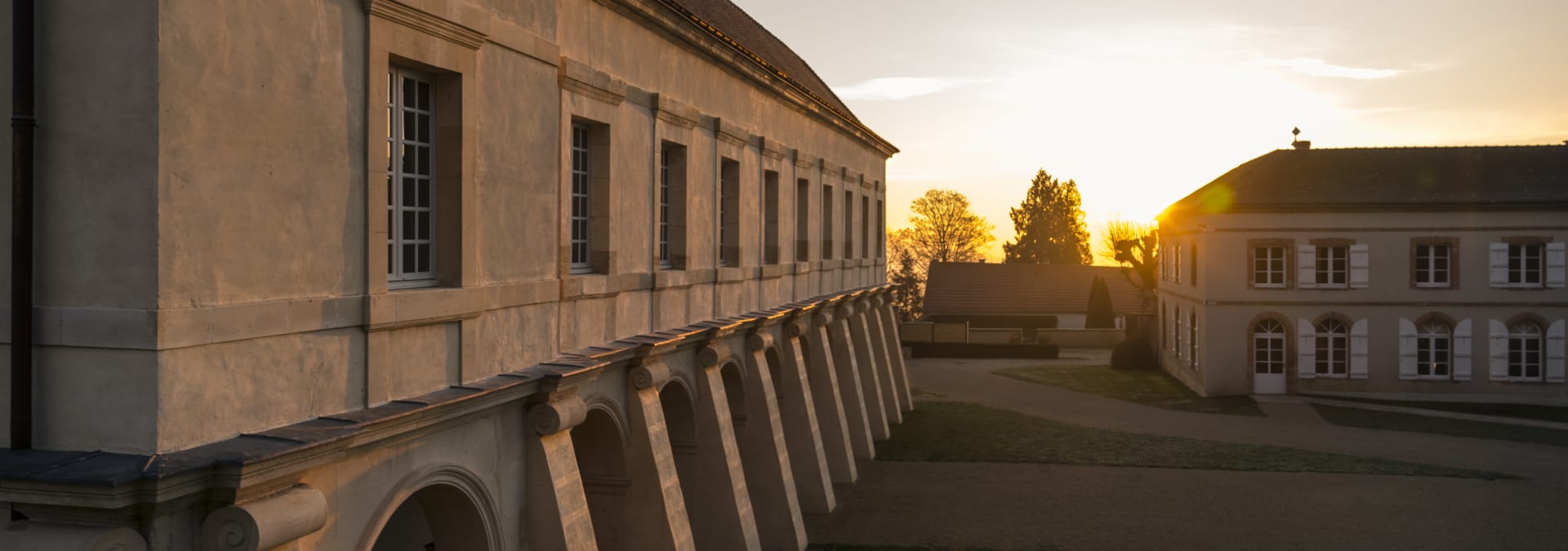

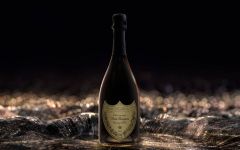

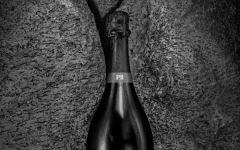


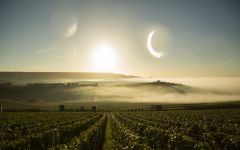

Dom Pérignon: an absolute commitment to Vintage
Dom Pérignon's commitment to vintage is absolute. Each Dom Pérignon is a true act of creation, made from only the best grapes. The champagne's intensity is based in precision, so inviting, so mysterious. Each Vintage has three Plénitudes, and embodies the total faith in the creation that is constantly renewed by Chef de Cave Vincent Chaperon. Coupled with a bold sense of playfulness, Dom Pérignon inspires the greatest creators in the world.Made only from the best grapes grown in one single year, each Dom Perignon's Vintage represents a harmonic balance between the nature of the year and the signature of Dom Pérignon. After no fewer than 8 years of elaboration, each vintage emerges complete, seamless and tactile. Dom Pérignon Champagne is made through an assemblage of Pinot Noir and Chardonnay, created by using only the best grapes harvested from the 17 Grands Crus in Champagne and the Premier Cru of Hautvillers.
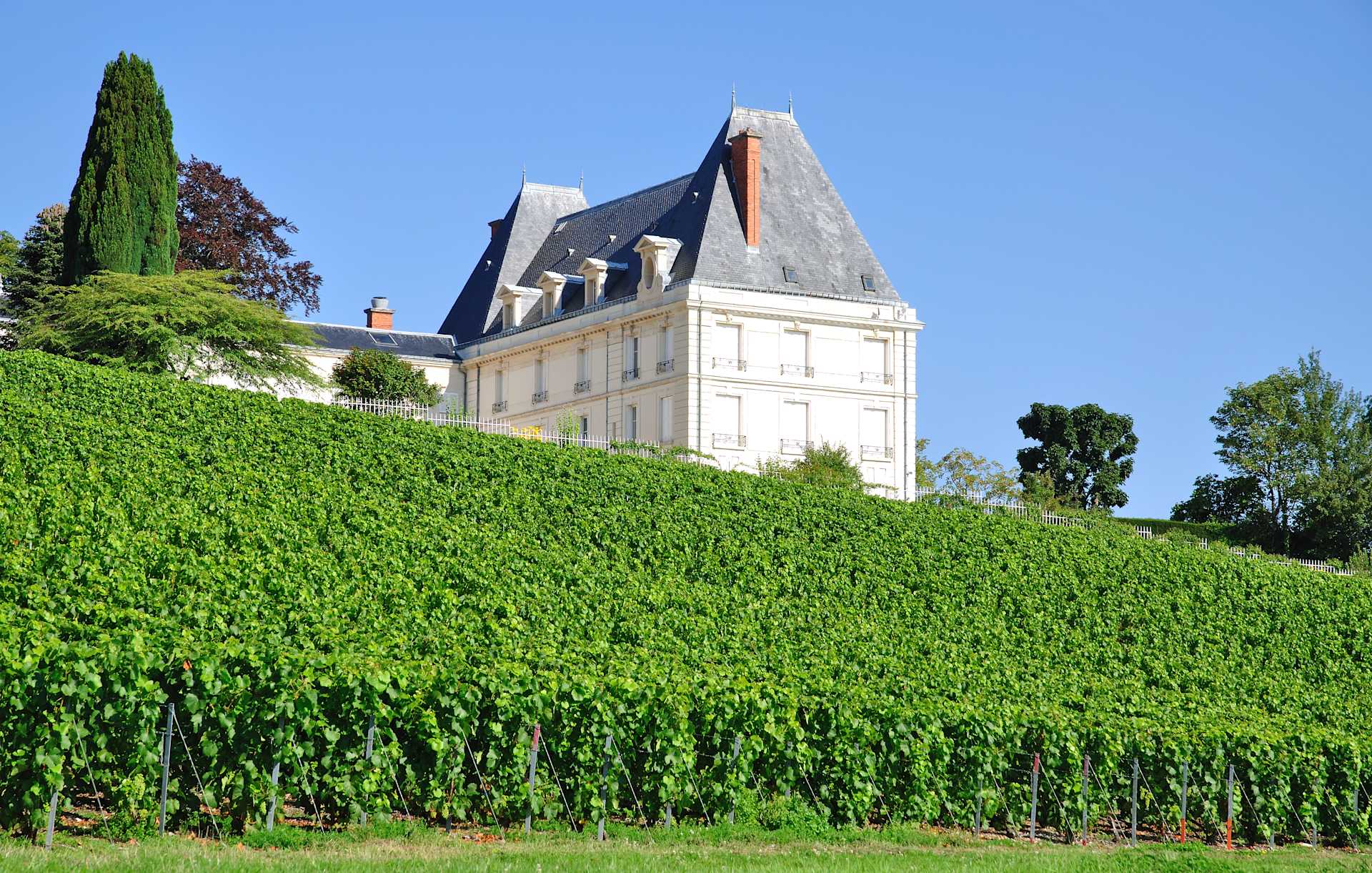
Representing the topmost expression of a Champagne house, a vintage Champagne is one made from the produce of a single, superior harvest year. Vintage Champagnes account for a mere 5% of total Champagne production and are produced about three times in a decade. Champagne is typically made as a blend of multiple years in order to preserve the house style; these will have non-vintage, or simply, NV on the label. The term, "vintage," as it applies to all wine, simply means a single harvest year.

Associated with luxury, celebration, and romance, the region, Champagne, is home to the world’s most prized sparkling wine. In order to bear the label, ‘Champagne’, a sparkling wine must originate from this northeastern region of France—called Champagne—and adhere to strict quality standards. Made up of the three towns Reims, Épernay, and Aÿ, it was here that the traditional method of sparkling wine production was both invented and perfected, birthing a winemaking technique as well as a flavor profile that is now emulated worldwide.
Well-drained, limestone and chalky soil defines much of the region, which lend a mineral component to its wines. Champagne’s cold, continental climate promotes ample acidity in its grapes but weather differences from year to year can create significant variation between vintages. While vintage Champagnes are produced in exceptional years, non-vintage cuvées are produced annually from a blend of several years in order to produce Champagnes that maintain a consistent house style.
With nearly negligible exceptions, . These can be blended together or bottled as individual varietal Champagnes, depending on the final style of wine desired. Chardonnay, the only white variety, contributes freshness, elegance, lively acidity and notes of citrus, orchard fruit and white flowers. Pinot Noir and its relative Pinot Meunier, provide the backbone to many blends, adding structure, body and supple red fruit flavors. Wines with a large proportion of Pinot Meunier will be ready to drink earlier, while Pinot Noir contributes to longevity. Whether it is white or rosé, most Champagne is made from a blend of red and white grapes—and uniquely, rosé is often produce by blending together red and white wine. A Champagne made exclusively from Chardonnay will be labeled as ‘blanc de blancs,’ while ones comprised of only red grapes are called ‘blanc de noirs.’
